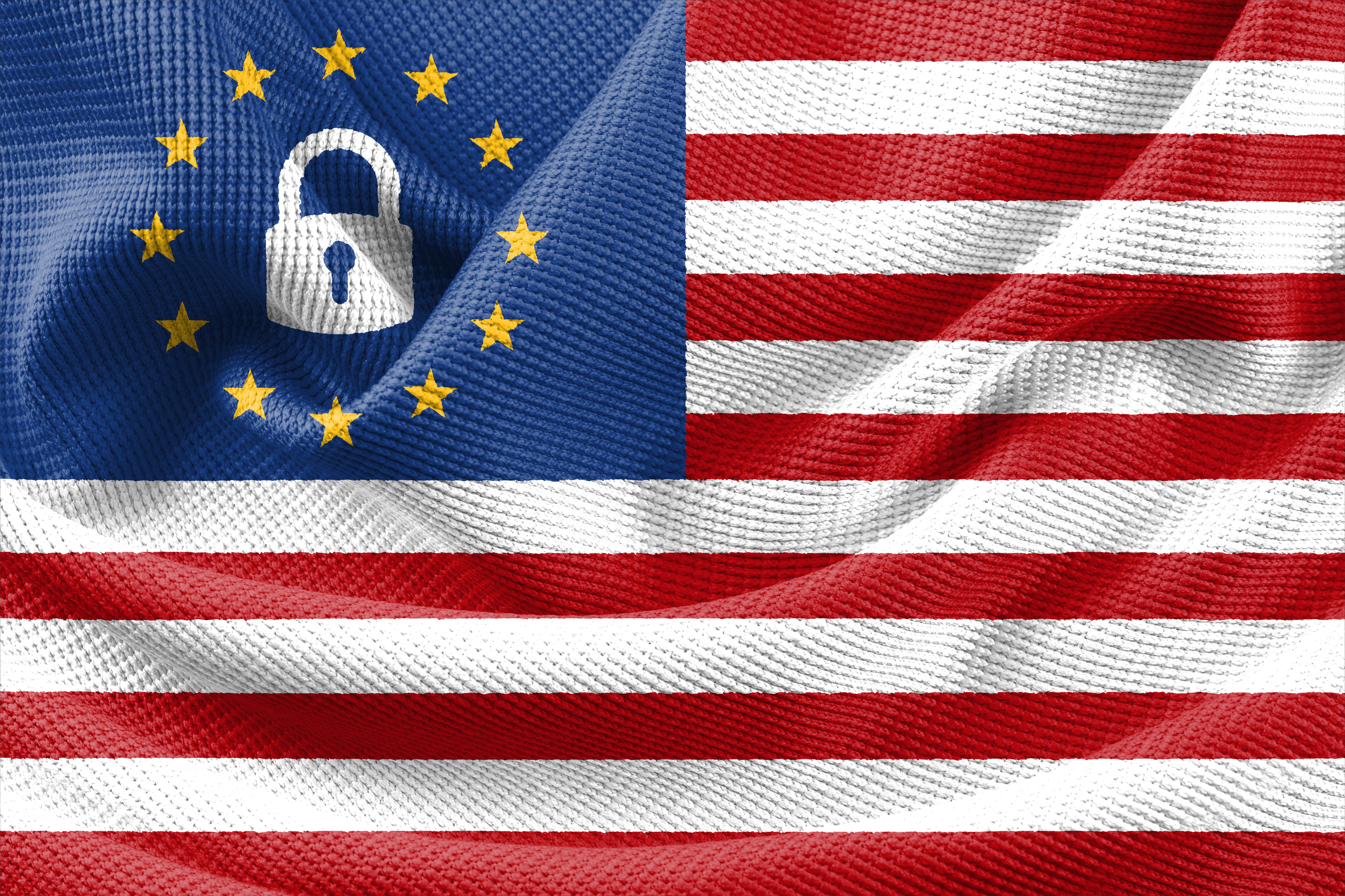For the past ten years, business methods have been eligible for patent protection, as long as the method produced a “useful, concrete, and tangible result.” Last month, at the close of Daylight Savings Time, the Federal Circuit turned back the clock by revisiting old Supreme Court standards for patentability of process claims in its highly anticipated en banc decision, In re Bilski, No. 2007-1130 (Fed. Cir., October 30, 2008).
The Bilski case reaffirmed the patentability of business methods and other process claims. In doing so, however, the Federal Circuit ruled that its own “useful, concrete, and tangible result” test, established in 1998, was “inadequate” and “never intended to supplant the Supreme Court’s test.” In examining the Supreme Court precedent, the Federal Circuit noted, “[a] claimed process is surely patent-eligible … if: (1) it is tied to a particular machine or apparatus, or (2) it transforms a particular article into a different state or thing.” (Citing Diamond v. Diehr, 450 U.S. 175 (1981) and Gottschalk v. Benson, 409 U.S. 63 (1972)).
Bilski’s application was directed to a method of hedging risk in the field of commodities trading. The claims were not limited to transactions involving tangible commodities, but included transactions simply involving options.
Bilski was brought to the Federal Circuit on appeal from a Board of Patent Appeals and Interferences decision sustaining the rejection of all 11 claims of the application. The Board found that the claims did not meet the “useful, concrete, and tangible result” test, and also found no patent-eligible transformation. In its decision, the Board noted that a transformation of “non-physical financial risks and legal liabilities” is not patent-eligible subject matter.
The subsequent appeal was originally argued in front of a panel of the Federal Circuit, but before it was disposed of, the court ordered en banc review sua sponte.
In reaching its decision, the Federal Circuit was clearly cognizant of the heightened interest the Supreme Court has recently shown in patent cases. Where in the past, the Federal Circuit tended to build on its own precedent, here it relied exclusively on Supreme Court cases. In doing so, it looked to Supreme Court cases from the mid-nineteenth century to overturn the test established by the Federal Circuit at the close of the twentieth.
In applying the “machine-or-transformation” test to the claims at issue, the Federal Circuit first noted (and the Applicant conceded) that the application was not directed to any particular machine or apparatus. The court therefore focused on the “transformation” requirement, noting that the transformation must be central to the purpose of the claimed process.
Because innovations in the information age increasingly involve electronic signals and electronically-manipulated data, the court recognized the difficulty of determining the existence of a patent-eligible transformation. To provide guidance, the Federal Circuit pulled specific examples from historical precedent:
- transformation of raw data into a particular visual depiction of a physical object on a display is sufficient;
- adding a data-gathering step to an algorithm is insufficient;
- a mathematical optimization algorithm is insufficient; and
- a recitation of “physical steps” is insufficient.
Further, in reviewing the claims at issue, the Federal Circuit found that “transformations or manipulations simply of public or private legal obligations or relationships, business risks, or other such abstractions” are not patent-eligible.
Left unresolved are “the precise contours of machine implementation.” The Federal Circuit specifically left open “whether or when recitation of a computer suffices to tie a process claim to a particular machine.”
In the course of its analysis, the Federal Circuit expressly declined to bar business method patents. However, it is clear that the test has become more stringent. Applicants with business method claims would be well served to include a step of displaying data or performing a physical transformation. Alternatively, a claim set that specifically recites a computer or machine for performing steps may also be sufficient.
Patentees already holding issued business method claims should also take heed that the recent decision may have implications on the validity of their patents. Analysis of existing claims under the rubric of the “machine-or-transformation” test is certainly in order, and reissue proceedings in the patent office may be needed to bring questionable claims in line with this standard.
Before jumping into such costly proceedings, however, a period of further evaluation would be prudent. As the Federal Circuit took care to note, “we recognize that the Supreme Court may ultimately decide to alter or perhaps even set aside this test to accommodate emerging technologies. And we certainly do not rule out the possibility that this court may in the future refine or augment the test or how it is applied. At present, however, and certainly for the present case, we see no need for such a departure and reaffirm that the machine-or-transformation test, properly applied, is the governing test for determining patent eligibility of a process under § 101.”
As a reminder, this client alert is meant to draw your attention to legal issues and is not meant to replace legal counseling.
